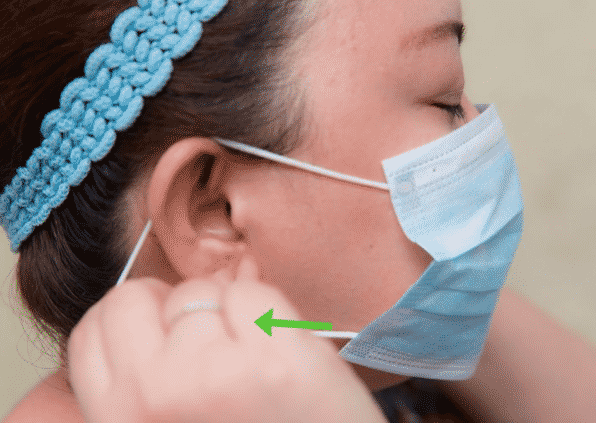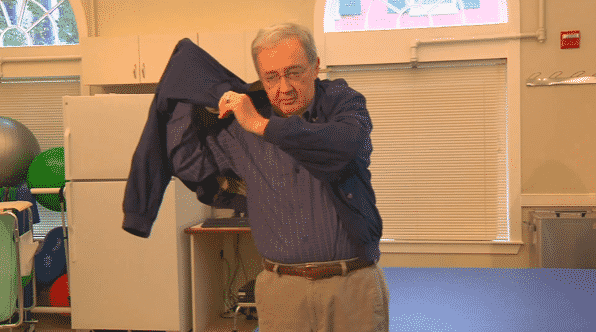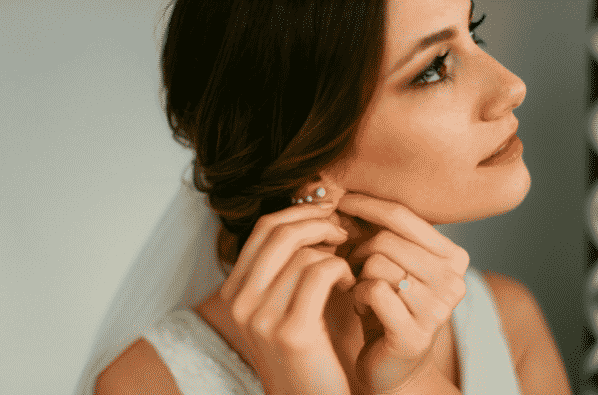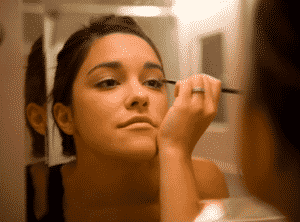Hi, everyone! It’s Caitlin!
インフルエンザの季節ですね!
Recently, I’ve heard from a lot of students who caught influenza, or the flu. All across Japan and America, the flu is going around, and many schools and offices are empty. The flu is very contagious, which means that it spreads from person to person easily. So, how can we avoid catching it?
近頃多くの生徒からインフルエンザに罹った聞きます。日本全国、またアメリカ全土でインフルエンザが流行し、多くの学校が学級閉鎖になったり、会社でも人がいない状態になっているようです。インフルエンザは伝染力が強く、人から人へすぐに広まります。どうしたらインフルエンザを防げるでしょうか。
Last November, I went to the hospital and got a flu shot. It hurt a lot and my skin was itchy for a few days, but now it’s February and I haven’t gotten sick yet! Of course, the flu shot doesn’t always work. Some people get the shot, but they still catch the flu later on! Do you know anyone like that?
私は昨年11月にインフルエンザ予防注射を受けました。とても痛く、数日間かゆみを感じましたが、現在2月まで病気になっていません!もちろん予防接種を受けていてもインフルエンザに罹ることもあります。皆さんは残念ながらそのような状態になってしまった人を知っていますか。
Another thing we often see in Japan is people with white masks over their noses and mouths. I understand people do this to avoid spreading or catching illnesses like a cold or the flu. In America and many other western countries, there is no such custom. Why do you think so?
他に日本でよく見るのはマスクです。日本人が感染を広めないためにマスクをする事は知っていますが、アメリカや他の多くの西洋諸国でこのような習慣はありません。どうしてだと思いますか。
Speaking of masks, I want to talk about two verbs today: put on and wear. Especially in this season, my Japanese friends often tell me, “You should put on a mask every day!” This is good advice, but not really natural English.
マスクと言えば、put on と wearについてお話したいと思います。この時期に、日本人の友逹がよく「毎日マスクを付けたほうがいいよ!」と言います。いいアドバイスですが、これは自然な英語ではありません。
That’s because put on is an action.
It means to place something on your body.
何故なら、put onというのは「着る」という動作を表すからです。

This woman is putting on a mask. You can see her hands are pulling the mask around her ears.
この女性はマスクを着用しているところです。彼女がマスクを付けようとしているのがわかりますよね。
We can put on many things…
put onを使っていろいろな事が言えます。



Put on your shoes! Put on your coat! Put on your earrings!
靴を履く! コートを着る! イアリングを付ける!

Even…put on your makeup!
メイクをする!
After something is on our body, then we use the verb wear.
物を見に付けたらwearが使えます。
It looks like a cloudy, cool day, so this man is wearing a sweater.

曇っていて寒そうなのでこの男性はセーターを着ていますね。
We also use wear to talk about our habits and daily life. For example, I always wear slippers in the house. I often wear glasses, and sometimes I wear contact lenses. But I almost never wear a mask!
wearを使って習慣も表せますよ。例えば私はいつも家でスリッパを履いています。そして普段メガネをして、時々コンタクトを付けます。でも絶対にマスクはほとんどしません!
皆さんはなぜ、そしてどれくらいの頻度でマスクをしますか。
「体験レッスンは今すぐ受けないけど、なんとなく気になる」
「子どもがまだ小さいから数年後の入会を考えている」
「取り急ぎ費用などについて知りたい」
そんな方は、こちらのLINEにご登録ください。
1、2ヶ月に一度スクールや英語学習についての情報をお届けします




